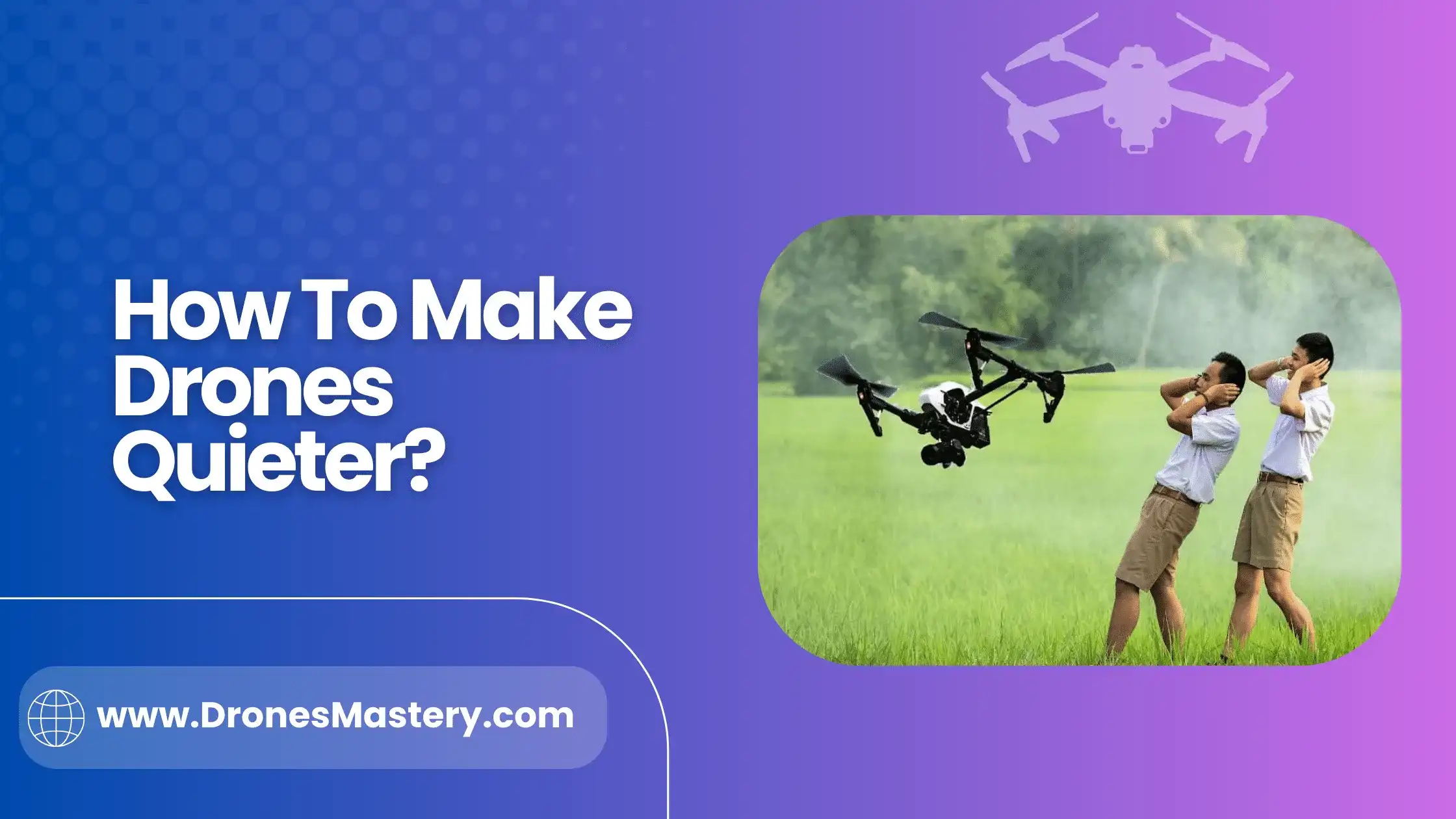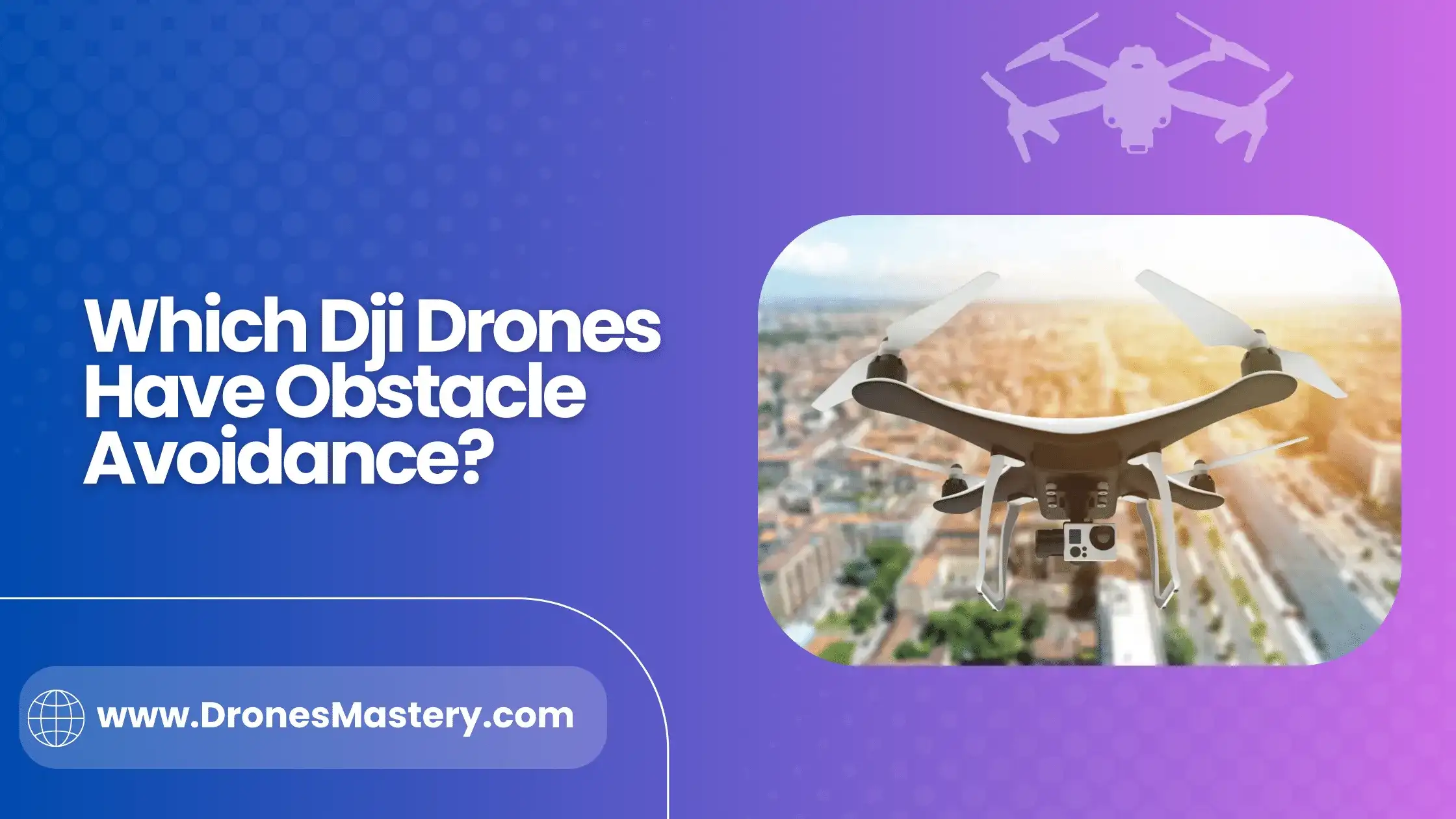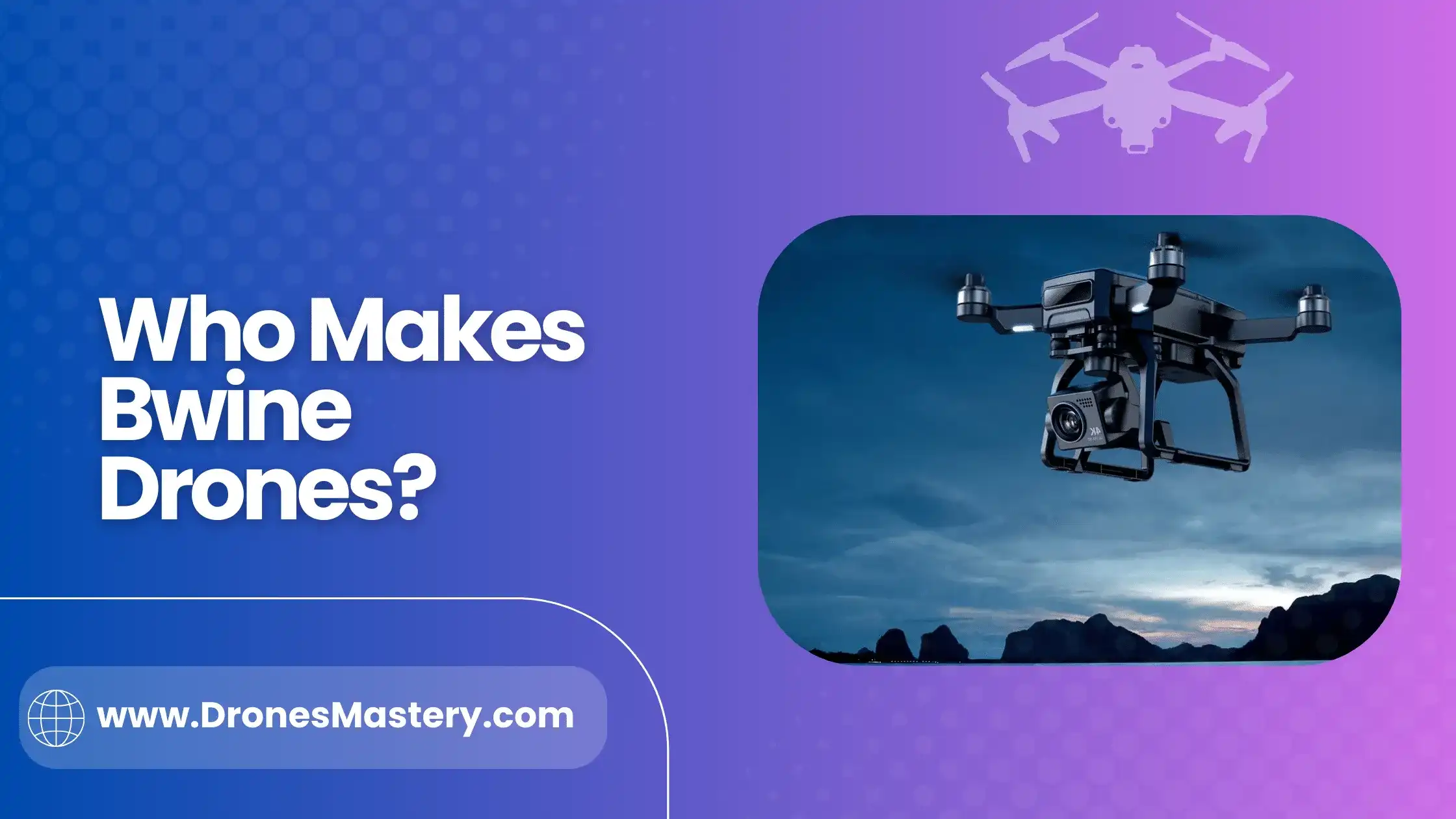If you feel disturbed by the loud buzzing sound of drones in your neighborhood then, you’re not alone! Many people find the noise from flying drones to be disruptive and distracting. Fortunately, there are several ways to make your drone quieter so that it can fly without being a nuisance.
From changing propellers and adding sound-dampening material to customizing motors and calibrating ESCs, we will show you how to take control of your drone’s volume. Now let’s get started on finding some effective methods for reducing our drones' decibels!
Purchase Propellers With Low Noise:
There are various varieties of low-noise propellers available on the market. However, the type you select should be compatible with the drone model.
Low-noise propellers work in a variety of ways, all with the goal of minimizing drone noise in flight. The main method is to reduce the number of revolutions per minute. When a drone propeller rotates faster, it makes the greatest noise, which is what low-noise propellers are designed to address.
The stealth propeller, widely renowned for its smooth surface, is one of the best propellers I deal with. This propeller reduces the drone’s noise to less than 2.5 dB. It cuts its revolutions per minute by 20%, resulting in less noise. However, due to its slow spins, this propeller may reduce the overall flight time of the drone.
On the bright side, you’re merely removing the old propeller and installing the new one. As a result, you do not need to change the settings of your drone for it to operate correctly.
Avoid Using Low-Cost Propellers:
Cheap propellers are often unstable, resulting in a great deal of turbulence on the blades. Your drone must adjust for the increased turbulence by increasing engine RPMs, which amplifies the high-pitch noise.
If you’ve been using low-cost propellers, consider purchasing a new set directly from the manufacturer of your drone. They may be a little more expensive but don’t skimp on your propellers. Unbalanced propellers might harm your drone’s engine, making your problem even more expensive.
Make Use of Noise Reduction Shrouds:
Dotterel, a company that specializes in drone noise reduction, has been working on noise reduction shrouds, which operate flawlessly. The coatings serve to reduce noise generated when the blades make contact with elements of the drone, such as the arms and body. Shrouds contain nanofiber sound-dampening materials that absorb drone noise. When the nanofibers absorb noise, they route it upwards, away from those on the ground.
The shrouds' ability to suppress drone sounds by 6 dB is a confirmation of their effectiveness. However, they can now reduce it by up to ten decibels. They not only reduce noise, but they also protect the drone propellers. Shrouds can be used on any drone, however, there are certain exceptions.
Select Low Noise Landing Gears:
When it comes to drone noise reduction, selecting the right landing gear is essential. Low-noise landing gears are specifically designed to reduce the level of sound created by a drone’s descent and can drastically improve the user experience.
Whether you are using drones for commercial or private purposes, low-noise landing gear can provide you with more privacy, improved safety, and convenience.
Choose A Quiet Motor:
- First, you should look for motors with low resonance frequencies. Many motors are designed to spin quickly and create a lot of noise as they do so.
- By selecting one with a lower frequency, you can reduce the sound produced significantly.
- Second, you should choose a motor with a balanced fan or impeller design. These motors create less turbulence in the air, thus reducing the noise they produce when running.
These features can help further reduce the amount of sound generated by your drone and make it easier to fly in areas with strict noise regulations.
Purchase New Drone Propellers:
If you’ve been using the same props on your drone for a while, this could be making it noisier. Consider replacing them with a new set.
Change your drone’s propellers at least once every 200 flights. This, of course, is dependent on how many times you’ve wrecked your drone. If you find any damage to your props, replace them right away.
Why Do Drones Create Such A Lot of Noise?
The quick explanation for drones being so loud is that they contain several propellers that must spin at high speeds to create lift.
The buzzing sound is caused by the propellers cutting through the air. It’s akin to sticking your hand out the window while driving along the road. It’s incredible how much noise is made as the wind whips around your hand!
The rotational speed of the propeller influences the noise level and, more crucially, the pitch. The greater the pitch, the faster the propellers must spin (making the drone noise even more intolerable). Consider a tiny micro drone versus a helicopter. One has a high-pitched whine, while the other has a low-pitched whine.
The noise intensity is also affected by the size of the propellers. Larger propellers can move more air every spin, producing less noise than smaller propellers. You are limited to a maximum propeller size for any given size drone, and your propellers must not only deliver enough thrust but also be efficient.
The size and weight of your drone will have an impact on the noise level. This is due to how quickly the propellers must spin in order to lift the drone off the ground. A heavier drone will require faster spinning propellers.
Conclusion:
Drones can be a great tool for travel and leisure if you know what steps to take to make them quieter. Successfully creating a quieter drone requires certain accessories, knowledge, and practice. To both the normal user and hobbyist alike, understanding how sound waves propagate and learning what components make the least noise are both important aspects of designing an optimal system.







